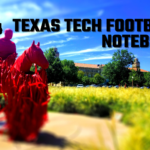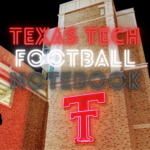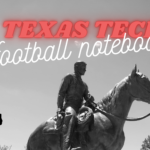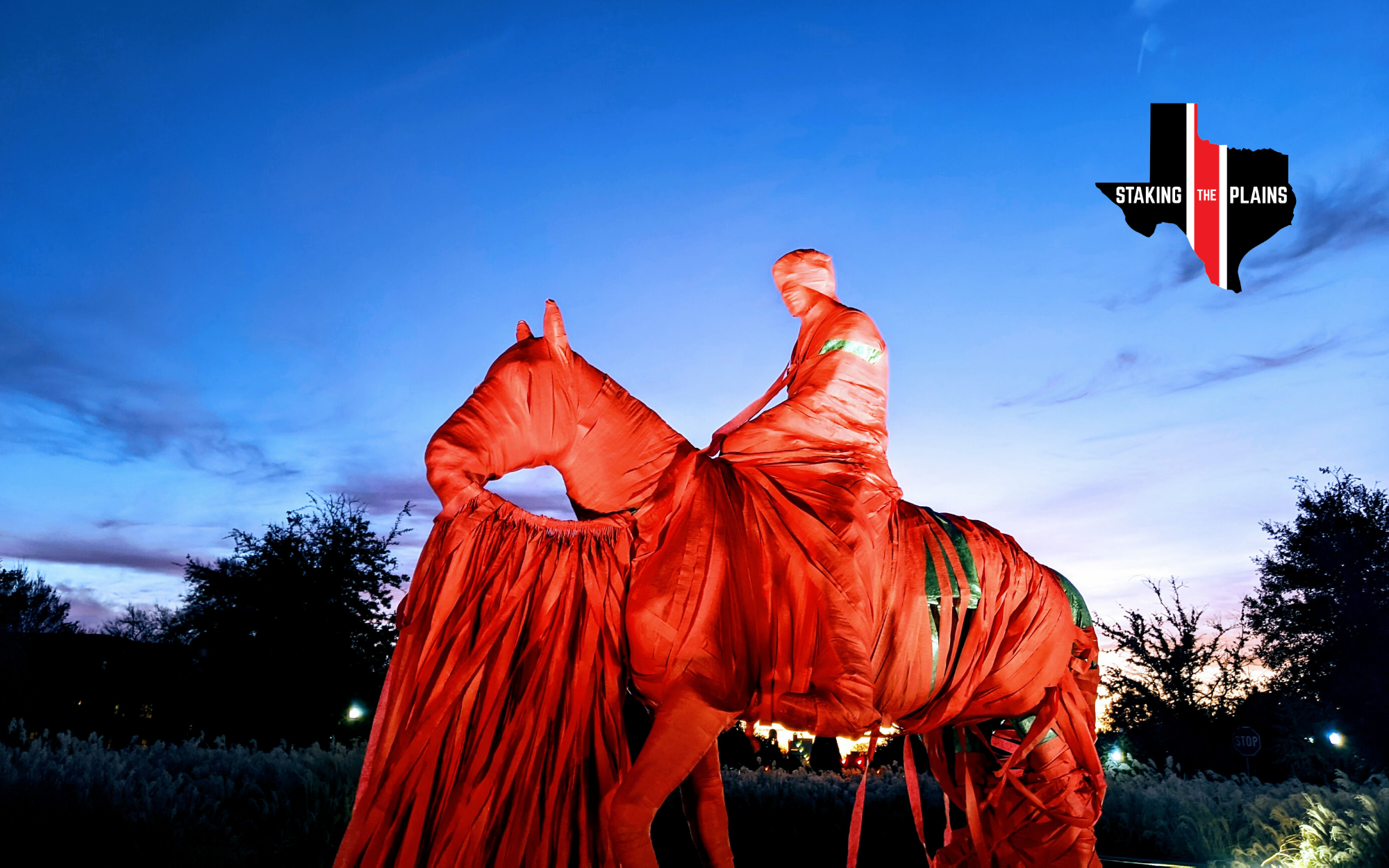The tweets below contains two short clips of Tech running two variations of Run-Pass Option (“RPO”) sets last year.
Here is a short clip of what I refer to as “Bubble” RPO sets:
Texas Tech Football – David Yost's Bubble RPO sets
Looks like triple-option football, with some pre-snap "gift" reads to Vasher baked in. pic.twitter.com/6qxSXd6BFM
— Tech Hoops Guy (@TechHoopsGuy) July 28, 2020
And here is a short clip of what I am calling “Now” RPO sets:
Tech Football – Some of David Yost's "Now" RPO sets.
It's triple option football, but on 3 diff. types of anabolic steroids.
Two Predictions:
SaRodorick is going to get loose (again).
Unlike his predecessor, Bowman will actually take advantage of the "gift" Vasher routes. https://t.co/ixlRbHsDj9 pic.twitter.com/Gy78OxoVV5
— Tech Hoops Guy (@TechHoopsGuy) September 9, 2020
Oftentimes, for both the “bubble” & “now” RPOs, the QB has a pre-snap read that allows him to abort the play and immediately throw it to Vasher…. usually an out or a fade (when in the red zone). We’re referring to this as the pre-snap “gift” read.
For some gift read examples, see the :31 second mark in the “bubble” RPO video or the :35 and :42 mark in the “now” RPO video for some examples of the pre-snap read.
If that pre-snap gift read isn’t there, the QB moves on to the post-snap read: either handing the ball off or throwing it to the “bubble” or “now” screen.
Comparing these plays to old-school triple-option football, the hand-off to Sarodorick is the fullback dive and the bubble/now pass is the pitch man.
Defenses are forced to defend these plays (and any play that gives the impression of an RPO) as if it’s the triple option. These sets challenge every horizontal inch of the field, and it looks annoying as hell to defend against / prepare for, especially when it’s being run at Tech’s break-neck pace.
“I spent my first five years coaching at the Naval Academy when Kenny Niumatalolo was the offensive coordinator. I learned about the option from him….. [W]e are not going to run the triple option, midline, or belly option. However, we are going to use some of the principles that govern how that option works.” – Matt Wells
In a lot of ways, Tech’s entire 2019 offense last year was premised on these two RPO sets and a few wrinkles that flow from them (see deep balls v. TCU in the bubble video, or the slip screen v Baylor at the end of the now video).
The triple-option elements of these plays are why, IMO at least, Tech’s running game improved in situations when our opponent had a strong indication that a run was coming (3rd and short / redzone).
Texas Tech Football – Rushing Attempts on 3rd or 4th down & 3 or less yards (Big12 stats only).
Most attempts by year:
2019: Sarodorick (15 conversions / 19 attempts)
2018: Duffey (3/7)
2017: Tre King (6/9)
2016: Pat (12/15)@Sarodorick28 is money in short-yardage situations pic.twitter.com/yIzpVmOMje
— Tech Hoops Guy (@TechHoopsGuy) April 15, 2020
Tech was trending the wrong direction since the '15 Pat/Deandre backfield lead the country in rushing EPA.
IMO, Yost's RPO sets resurrected Tech's rushing efficiency from top 30-40 among P5 teams ('17-'18) to top 10 last year.
(P5 teams in yellow with a higher rushing EPA) https://t.co/ixlRbHsDj9 pic.twitter.com/0OvTLsM01o
— Tech Hoops Guy (@TechHoopsGuy) July 29, 2020
These RPOs are also why I’m a little less worried than most about our new offensive tackles’ ability to pass block.
As long as Tech is giving opponents a steady diet of these RPOs, it makes little sense for Big 12 defensive coordinators to send their edge guys in a full-on pass rush. Just like the triple-option can neutralize elite pass rushers, these RPOs can have a similar effect. Now, if we’re behind the chains in 2nd or 3rd and long, that’s a different story…. but the same is true for passing downs regardless of what offense you run, and it’s not as easy as it might seem to take these plays away from us.
What’s interesting about Yost’s RPOs is that they highlight what, in my opinion, is a misconception about RPOs among many football fans.
This is not a rip of the Rich Rodriquez zone-read offense, where the QB is heavily involved in the run game. Instead, Yost’s RPOs are more about the QB simply making the right read and either throwing immediately to the gift route, handing it off, or getting it out to the bubble/now on time & on target.
I don’t claim to know anything about QB evaluation, but it would seem like Bowman has the ideal skill set to run these types of RPOs (Bowman also gutted Oklahoma State in 2018 running Kliff’s version of RPOs).
Will Tech run more of these “bubble” & “now” RPOs in 2020, since our execution should be improved in year 2 under Yost?
Alternatively, could we see less of them, since Yost will have a QB that can make more than one down-field progression and who didn’t lose every fall/spring QB battle he was apart of while at Tech.
Speaking of Duffey…. look at the marked improvement he made from 2018 to 2019
2018 Duffey:
- NFL QB rating: 92.1 (tied for 6th in the conference)
- PFF passer grade: 74.8 (7th in the conference)
- 9.1% of drop backs were sacks or interceptions
2019 Duffey:
- NFL QB rating: 99.2 (tied for 3rd in the conference)
- PFF passer grade: 89.5 (1st in the conference)
- 5% of drop backs were sacks or interceptions
IMO, Duffey’s improvement on paper last year is largely attributable to these RPO plays. They are extremely QB friendly (similar to how a triple-option offense can be).
Will Yost elect to keep the training wheels on so-to-speak with Bowman, or it will no longer be necessary to protect Duffey by calling such a heavy diet of these one-progression RPO plays?
Similarly, if Yost elects to run more 10 personnel (4 wide receiver / 0 tight ends), will these RPOs still be a staple of the offense?
I’m not sure that they will be as effective without one. The TE is a serious factor in Yost’s offense, whether he’s blocking for the bubble/now out on the perimeter, blocking in the run game, or forcing defensive coordinators to add another box defender to account for the TE in their run fit scheme.
The only thing I feel sure about regarding these RPO sets & the upcoming 2020 season…. SaRodorick Thompson is going to get loose again.









